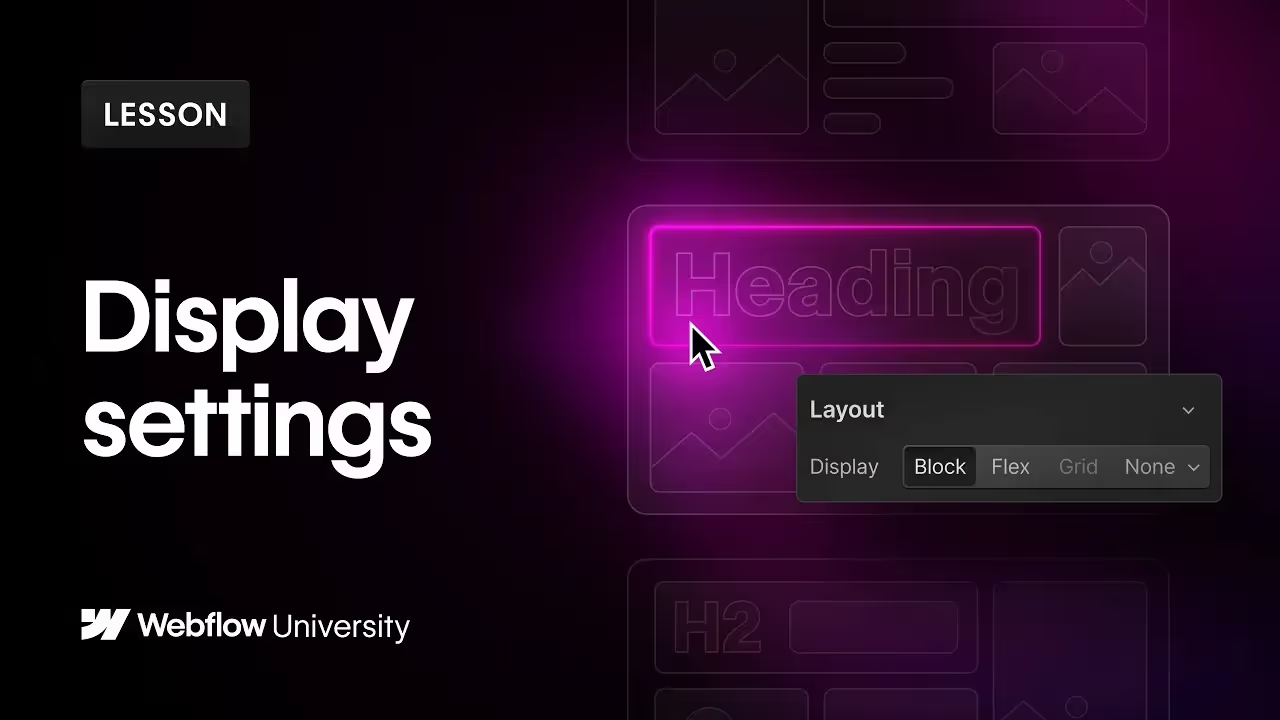
Optimizing your Webflow website page speed performance
Discover the essentials of optimizing page speed for Webflow websites. Learn the technical and non-technical strategies to enhance your site's performance and educate your clients about the critical balance between content and speed.
In this video we take a deep dive into the importance of page speed for Webflow websites.
The video begins by explaining the fundamental principles of page speed, emphasizing that it is a measurable science, not a mystery. It covers the various tools available for testing page speed, such as Google PageSpeed Insights and GTmetrix, while explaining the different metrics used to evaluate performance.
The video highlights the critical role of content in determining page speed, noting that more content generally results in slower load times. The presenter provides practical advice on optimizing images, reducing unnecessary third-party scripts, and enabling settings like lazy loading and minification in Webflow to improve page speed. He also emphasizes the importance of educating clients about the trade-offs between content and speed, using real-world examples to illustrate his points.
During the video we get demonstrations of tools like the Lighthouse extension and GTmetrix, showing how to interpret their reports and make informed decisions about your website optimizations. Webflow's infrastructure, built on AWS and Fastly CDN, already provides a solid foundation for fast websites, so your efforts as a developer should focus on optimizing content (images, video, animations, etc.) and educating clients on why these things are important.
Key takeaways
- Page Speed Science: Understanding page speed metrics and tools is essential for optimizing website performance.
- Content vs. Speed Trade-offs: Balancing content richness with speed is crucial; more content typically means slower load times.
- Image Optimization: Resize and compress images before uploading them to Webflow to significantly improve page speed.
- Minimize Third-Party Scripts: Reduce or eliminate unnecessary scripts to enhance loading times.
- Educate Clients: Set realistic expectations with clients about page speed and the impact of content choices. Use examples to illustrate trade-offs and performance differences.

























